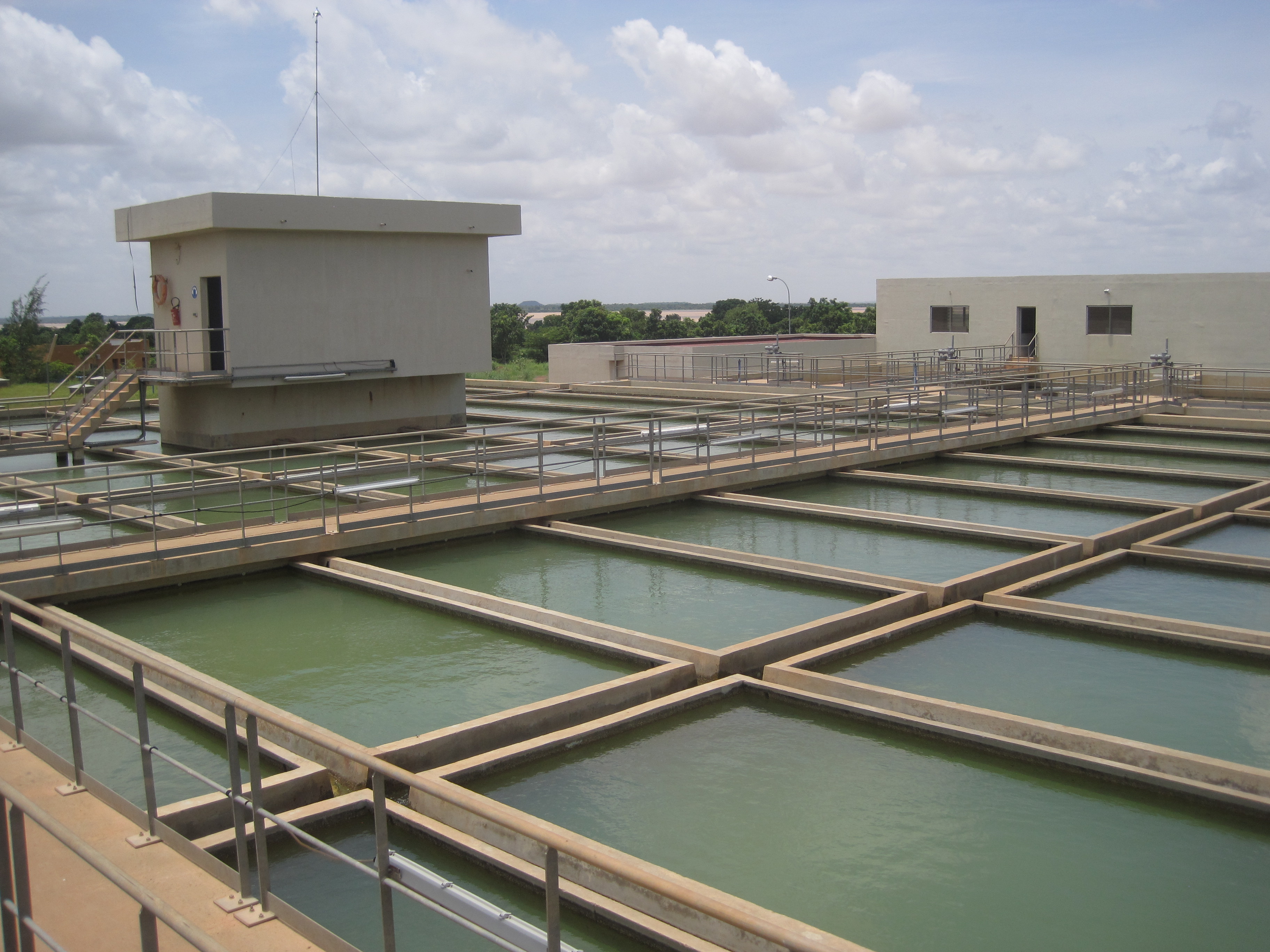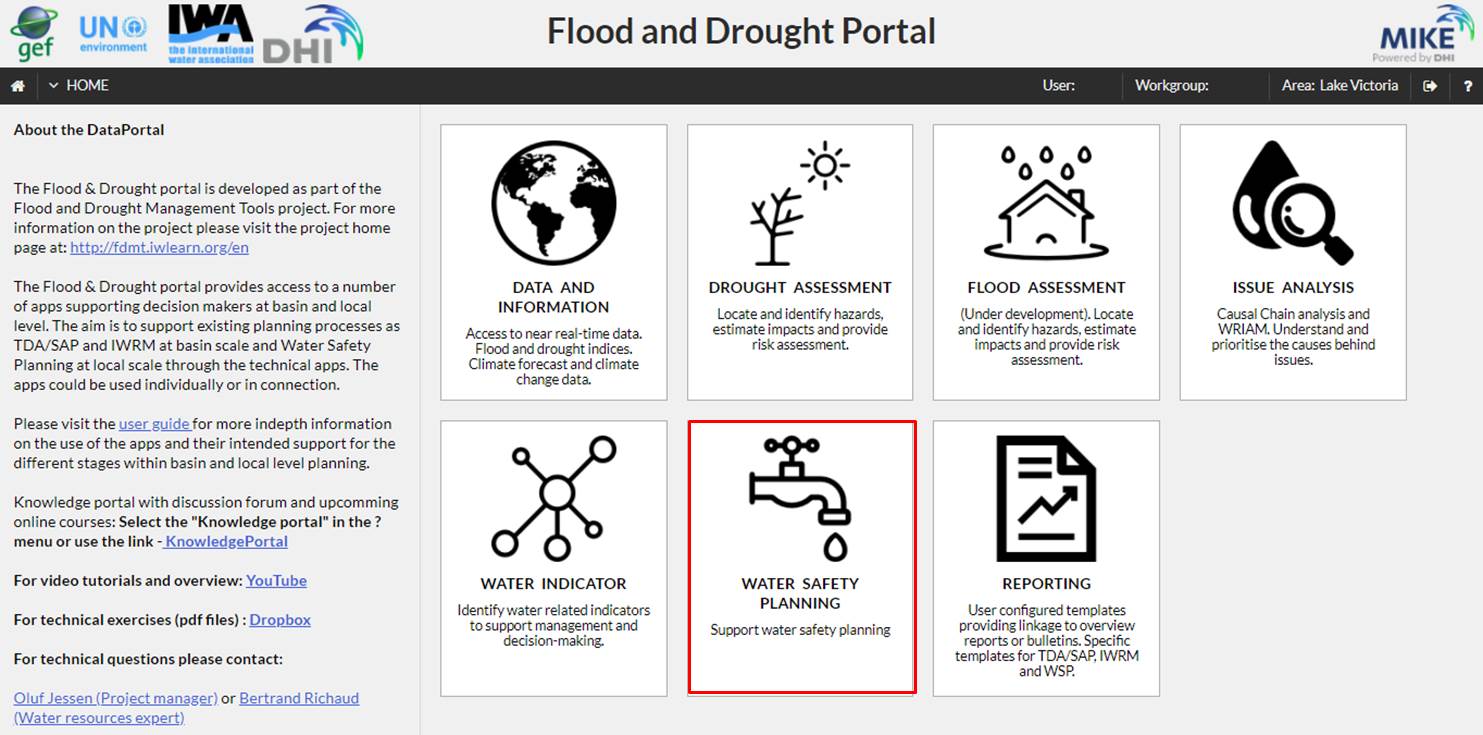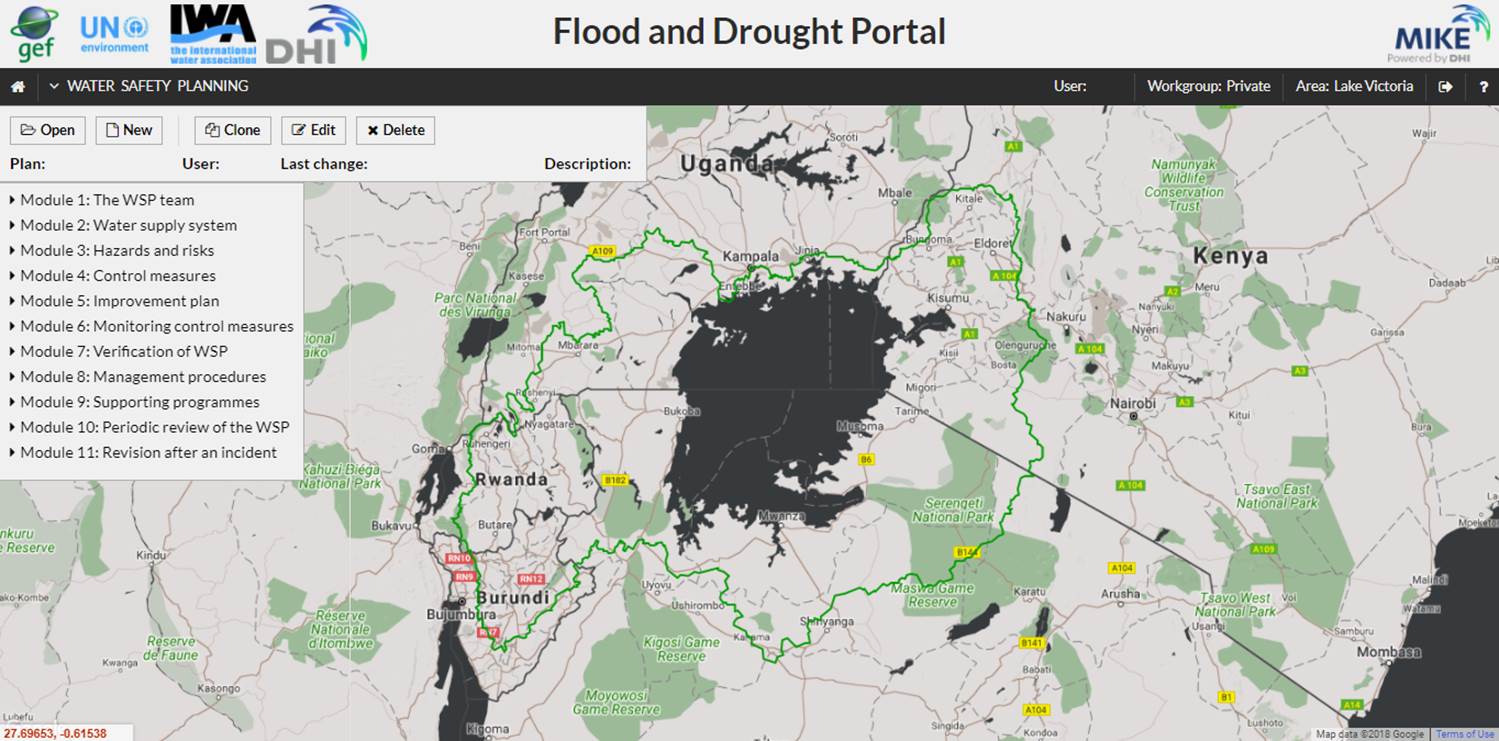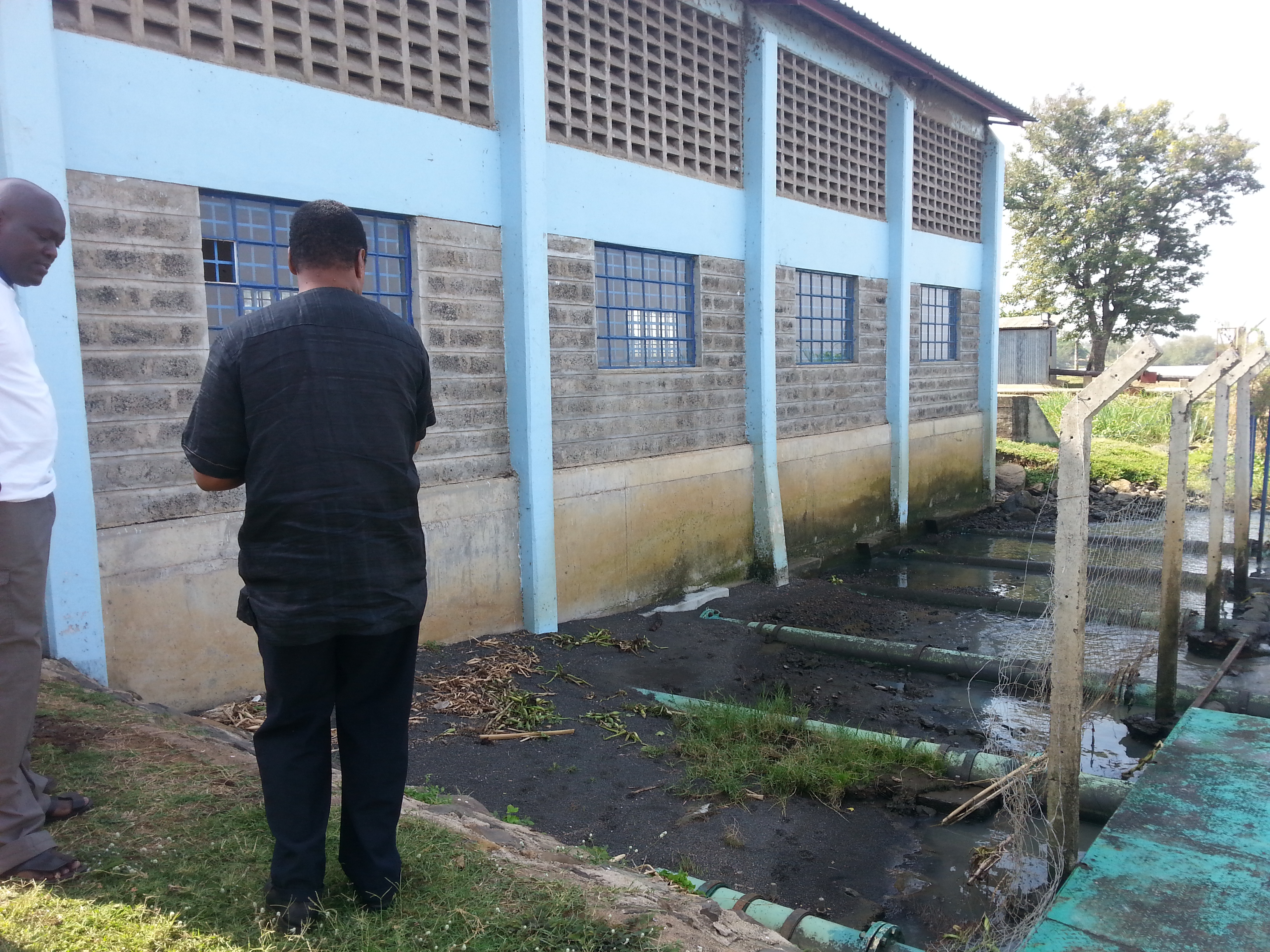A water utility’s journey to being climate resilient
Blog

While attending a recent event, a representative of an international development agency argued that, if we had spent as much money on sanitation as we have on drinking water, the seemingly endless sanitation crisis in many part of the world would already have been solved. This statement points to a bigger truth, sanitation has been neglected, and the results are devastating. Entirely preventable diarrheal diseases (such as cholera) kill more children than AIDS, malaria, and measles combined, making it the second leading cause of death among children under five.
The Centre for Disease Control and Prevention in the United States, estimates that 88% of deaths from diarrheal illness worldwide are attributable to unsafe water combined with inadequate sanitation and poor hygiene. Safe and accessible water for all is fundamental for a healthy and stable society. Sustainable Development Goal 6 calls for safe water and adequate sanitation for all, but ensuring this for the rapidly growing populations of cities around the world is a massive challenge being faced by many water utilities. The added impact of climate change on water quality and quantity only intensifies the existing challenge to meet the growing demand for safe water.
Poor drinking-water quality is a significant contributing factor and disease outbreaks have shown that the conventional approach of monitoring water is not sufficient to guarantee safe drinking water. Often information is received only when it is already too late to prevent consumption of unsafe water and there may not be enough information to identify the source of contamination – the when, why and how it occurred.

Limitations on testing water pushed the World Health Organization (WHO) to recommend that water utilities develop and implement Water Safety Plans (WSP), to mitigate risks and ensure safe drinking water. WSPs are a comprehensive risk assessment and risk management approach from catchment to consumer supported by appropriate monitoring. However, with extreme events such as floods and droughts occurring more frequently, the capacity of water utilities to continually supply safe water is threatened. Water utilities need to anticipate the impact of floods and droughts on their operational and strategic planning or they risk compromising the provision of safe water.
Planning for an adequate and safe supply of drinking water needs to be set in the context of growing uncertainty arising from climate risk. Potential impacts may include more frequent rainfall leading to increased water turbidity and higher numbers of pathogens in the water; reduced rainfall could result in limited water availability and an increased concentration of contaminants in the water. The WSP process offers a framework and entry point for water utilities to address these impacts.
A central reference point for developing WSPs is the IWA/WHO Water Safety Planning manual (www.wsportal.org/resource/water-safety-plan-manual/), which provides guidance for water utilities. An online application has been launched to support water utilities in their WSP development and documentation process. The application supports the 11 WSP modules, which represent key steps in a water utility’s WSP development and implementation. There are also added features to encourage water utilities to consider the impacts of climate change. This includes:
- Considering meteorologists, hydrologists or climate change experts, who can interpret climate information when assembling the WSP team;
- Describing the water supply system and recognising areas in the system that are vulnerable to periods of heavy rainfall or limited rainfall;
- Documenting and assessing current and future risks to the water supply system (whether catchment, treatment or distribution) within the context of a changing climate;
- Documenting measures to improve a utility’s capacity to address existing and new risks from extreme events;
- Documenting management procedures that recognise a changing climate and future, and supporting programmes that address broader climate impacts and risks;
- Documenting monitoring activities that assist water utilities to become climate resilient.


If we are to make any significant headway in ensuring access to water and sanitation services for all by 2030, water and sanitation service providers will need to prepare and plan for an uncertain future. There is no one clear path, however, WSP is an opportunity for water utilities to actively ensure a sustainable water service provision. At the same time, if offers an approach to manage the challenges of climatic variability and change and address poor drinking-water quality that have significantly impacted socio-economic development globally.
This application can be accessed within the Flood and Drought Portal (www.flooddroughtmonitor.com) which provide a set of online applications to support planning for floods and droughts from basin to water utility levels. The portal is a key output of the Flood and Drought Management Tools (FDMT) project (fdmt.iwlearn.org/).
The FDMT project is funded by the Global Environment Facility (GEF) International Waters (IW) and implemented by UN Environment (UNEP), with the International Water Association (IWA) and DHI as the executing agencies. The project is developing online technical applications which can be applied individually or together at the basin or local (water utility) level to facilitate the inclusion of information about floods, droughts and future scenarios into Integrated Water Resources Management (IWRM) planning, Transboundary Diagnostic Analyses (TDA) and Strategic Action Plans (SAP), and Water Safety Planning (WSP). The project is being implemented from 2014 - 2018, and 3 pilot basins (Volta, Lake Victoria and Chao Phraya) are participating in development and testing.
WHO has recently released a publication on Climate-resilient water safety plans (www.wsportal.org/wp-content/uploads/2017/10/9789241512794-eng.pdf), and other tools, case studies and guidance to support water safety planning can be found at www.wsportal.org/

Sources
Climate-resilient water safety plans: Managing health risks associated with climate variability and change, http://www.wsportal.org/wp-content/uploads/2017/10/9789241512794-eng.pdf
Global status report on water safety plans: A review of proactive risk assessment and risk management practices to ensure the safety of drinking-water, http://www.wsportal.org/wp-content/uploads/2017/06/WSP-Global-Status-Report-1.pdf
Water Safety Plans: Why are they important and how can their implementation be supported by regulations, http://www.who.int/water_sanitation_health/water-quality/regulation/sheet5.pdf
Water Safety Plan Manual: Step-by-step risk management for drinking-water suppliers, http://www.wsportal.org/resource/water-safety-plan-manual/
